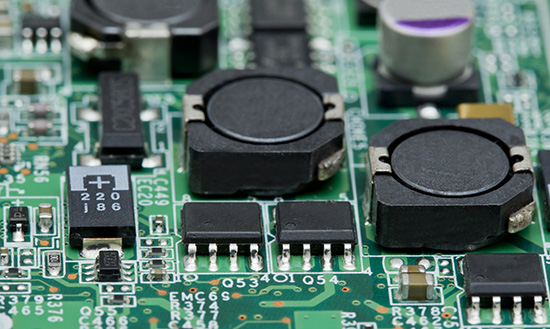EMC Question of the Week: February 27, 2023

To reduce circuit board conducted and radiated emissions due to switching noise, choose DC-to-DC converters that have the smallest possible
- switching frequency
- footprint
- quiescent current
- output current
Answer
The best answer is “b.” In order to reduce the coupling from a switching power supply circuit, keep its footprint small. Electric field coupling from the switching voltage node falls off rapidly when the distance from the node is greater than the node's maximum dimension. Likewise, magnetic field coupling from the switching current loop falls off rapidly when the distance from the loop is greater than the loop's maximum dimension.
While it's true that both electric- and magnetic-field coupling are proportional to frequency, higher switching frequencies generally allow converters to utilize much smaller components. When the converter is laid out properly, the reduction in component size more than makes up for the higher frequency. Smaller components allow designs to be more compact and more easily isolated from surrounding components and circuits that might carry switching noise away from the converter.
The quiescent current of a power converter has virtually no impact on the conducted or radiated emissions. Likewise, the maximum output current has no impact beyond fact that larger currents might require larger components with a larger footprint. Ultimately, it is the footprint that will dictate how easy it is to contain the switching noise. And containing the switching noise is the key to controlling unwanted conducted and radiated emissions.
Note that newer DC-to-DC converters switch at much higher frequencies than older converters operating at similar power levels. The new converters tend to be much quieter and more efficient. Also, many of them now come with EMI-reducing features such as controlled slew rates, spread-spectrum switching and fewer external components.
Have a comment or question regarding this solution? We'd like to hear from you. Email us at
